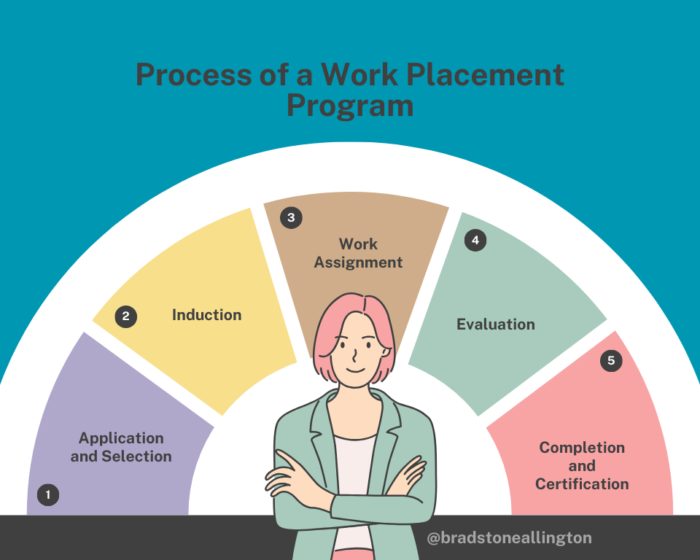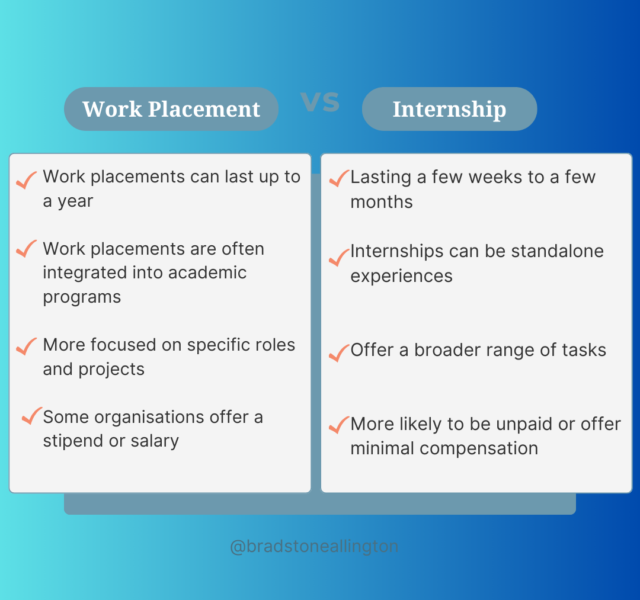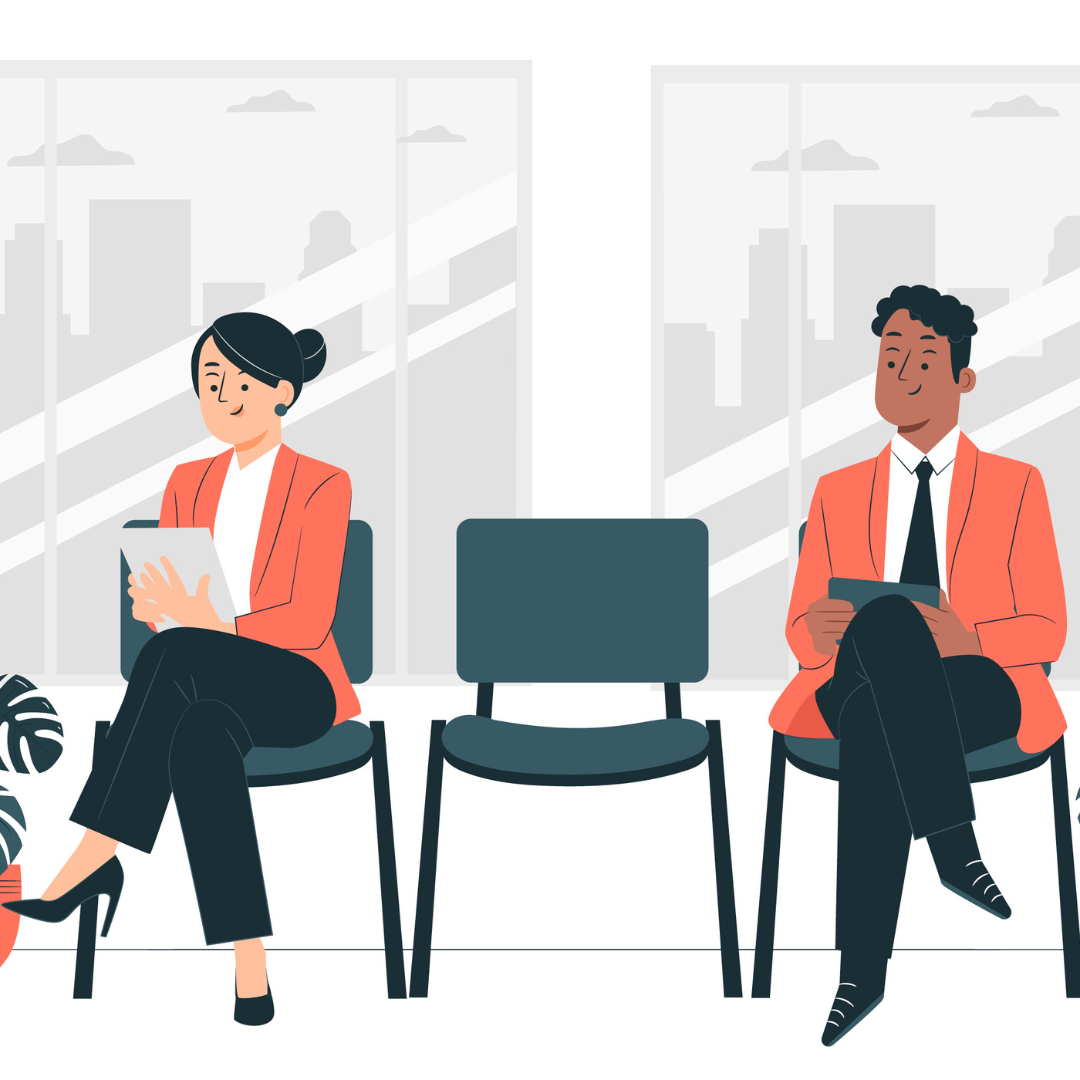A Work Placement Program is a structured opportunity provided by organisations to students or recent graduates to gain practical experience in a professional setting. These placements are designed to complement academic learning by providing hands-on work experience in a relevant field.
Purpose of Work Placements
The primary aim of a work placement is to enhance participants’ employability by allowing them to apply theoretical knowledge in real-world scenarios. This experience not only helps in skill development but also in understanding workplace dynamics and expectations.
Bradstone Allington’s Work Placement Program (WPP) offers valuable real-world experience, bridging the gap between academic learning and professional employment. This comprehensive guide will explore what a WPP is, how it works, who can participate, and its numerous benefits.
Nature of Work Placements
Work placements can vary widely in their structure and objectives. They can be part-time or full-time, paid or unpaid, and can last from a few weeks to several months. The tasks assigned during a work placement typically align with the participant’s field of study or career aspirations.
Types of Work Placements
- Industry-Specific Placements: Tailored to provide experience in a specific industry, such as engineering, finance, or healthcare.
- Research Placements: Often found in academic or scientific settings, focusing on research and development projects.
- Service Placements: Typically in non-profit or community organisations, where the emphasis is on service and social impact.
In this blog, we will delve into the following key points about work placement programs:Process and structure of a typical Work Placement
Eligibility criteria for participation
Duration and nature of compensation
Compensation in Work Placement Programs
Benefits and potential outcomes for participants
Differences between Work Placements and Internships
How to apply for a Work Placement Program
Final Thoughts on Work Placement Programs
Process and Structure of a Typical Work Placement Program
A typical work placement program follows a structured process that includes:
- Application and Selection: Candidates apply for the placement, often submitting a CV and cover letter. Selection is based on academic performance, relevant skills, and sometimes interviews.
- Induction: Participants undergo an orientation to familiarise themselves with the organisation, its culture, and their specific role.
- Work Assignment: Participants are assigned tasks and projects that are relevant to their field of study. These tasks are supervised by experienced professionals who provide guidance and feedback.
- Evaluation: The performance of participants is periodically evaluated to ensure learning objectives are being met. Feedback sessions help in professional development.
- Completion and Certification: Upon successful completion, participants may receive a certificate or a formal letter of recommendation.

Eligibility Criteria for Participating in a Work Placement Program
Eligibility for work placement programs generally includes:
- Educational Status: Most programs are open to students in their final year of study or recent graduates.
- Field of Study: Placements are often specific to certain fields, requiring relevant academic background.
- Skills and Competencies: Basic skills pertinent to the job, such as proficiency in software or communication skills, may be required.
- Availability: Candidates must be available for the full duration of the placement.
- Legal Eligibility: Participants may need to meet legal requirements, such as work permits or visas.
Duration of Work Placements
Work placements can vary in length, but typically last between:
- Short-term Placements: 4 to 12 weeks, often completed during academic breaks.
- Long-term Placements: 6 to 12 months, often integrated into the academic curriculum as a “sandwich year.”
- Project-Based Placements: Duration varies depending on the project scope and requirements.
Compensation in Work Placement Programs
The nature of compensation in work placements can differ:
- Paid Placements: Some organisations offer a stipend or salary to cover living expenses.
- Unpaid Placements: Common in non-profit sectors or where the primary benefit is educational.
- Expenses Covered: Some programs reimburse travel and meal expenses.
Benefits and Potential Outcomes for Participants
Participating in a work placement program offers numerous benefits:
- Practical Experience: Direct application of academic knowledge in a professional environment.
- Skill Development: Enhancement of both hard and soft skills, including teamwork, problem-solving, and technical expertise.
- Networking: Building professional connections that can aid in future job searches.
- Resume Building: Adding substantial work experience to your CV makes you more attractive to future employers.
- Career Insight: Gaining a clearer understanding of career paths and industries.
Check this blog to know The Benefits of Work Placement Programs for Employers
Differences between work placements and internships
While both work placements and internships provide practical experience, they differ in several ways:
- Duration: Internships are typically shorter, lasting a few weeks to a few months, whereas work placements can last up to a year.
- Integration: Work placements are often integrated into academic programs, whereas internships can be standalone experiences.
- Focus: Internships may offer a broader range of tasks, while work placements are more focused on specific roles and projects.
- Compensation: Internships are more likely to be unpaid or offer minimal compensation compared to work placements.

Here is a detailed guide on difference between work placement & internship.
How to Apply for a Work Placement Program
- Research Opportunities: Identify companies and organisations offering work placements in your field of interest.
- Prepare Application Materials: Tailor your CV and cover letter to highlight relevant skills and experiences.
- Submit Applications: Follow the application instructions carefully, ensuring all required documents are included.
- Prepare for Interviews: Practice common interview questions and be ready to discuss your qualifications and interest in the placement.
- Follow Up: After applying, follow up with the organisation to express your continued interest and inquire about the status of your application.
Final Thoughts on Work Placement Programs
Work placement programs offer invaluable opportunities for students and recent graduates to gain real-world experience, develop skills, and enhance employability. By understanding the structure, eligibility, and benefits of these programs, you can better prepare to take advantage of these opportunities.
Bradstone Allington WPP Program
The Bradstone Allington Work Placement Program (WPP) exemplifies these benefits by providing structured, industry-specific placements that support academic learning and career development. Participants in the Bradstone WPP receive hands-on experience, mentorship, and the chance to network with industry professionals, making it an excellent choice for aspiring HR professionals.


